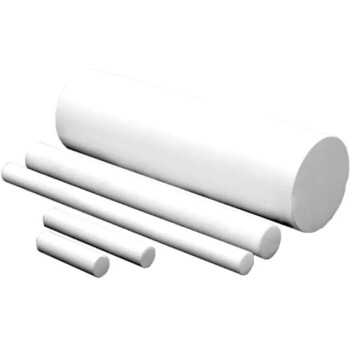Boron nitride ceramics are known for their exceptional thermal conductivity, second only to diamond. They have a high melting point, typically above 2,000 degrees Celsius (3,632 degrees Fahrenheit), making them suitable for high-temperature applications. This thermal stability allows boron nitride ceramics to be used in environments with extreme heat or temperature fluctuations.
Boron nitride ceramics also possess excellent electrical insulation properties. They have a low dielectric constant and are highly resistant to electrical breakdown, making them ideal for electrical insulation in high-voltage applications. Additionally, boron nitride ceramics exhibit good chemical inertness, resisting attack from most acids, alkalis, and molten metals.
Another notable property of boron nitride ceramics is their lubricity. They have a low coefficient of friction, similar to that of graphite, which makes them useful as a solid lubricant in high-temperature and high-load applications. Boron nitride ceramics can withstand extreme pressure and provide lubrication in environments where liquid lubricants may not be feasible or effective.







